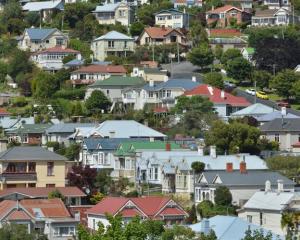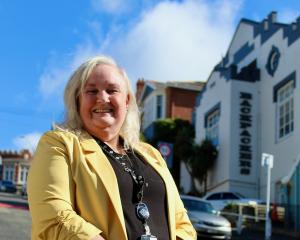Figures released yesterday by Statistics New Zealand show the number of new housing units nationally fell another 1.1% in October (excluding apartments), to be down 20% since March 2010.
However, despite the pick-up in new-house-building figures in Wanaka, times remain tough for builders across the Queenstown Lakes district.
Wanaka builder Nigel Lock said two new building projects had ensured a large turnaround for his business after a quiet winter.
The recent rise in business meant he had five builders on the books, with two more subcontractors about to be signed up.
"I wouldn't say things are epic at the moment, but they're still looking better than elsewhere," he said.
Mr Lock, who has been in Wanaka for the past seven years and has 20 years' experience in the industry, predominantly works in the high end of the housing market, building luxury homes.
"I'm busy at the moment, but it was the complete opposite during winter. I've heard of others struggling," he said.
Registered Master Builders Federation CEO Warwick Quinn said the national figures confirmed New Zealand's building sector was in recession "again", and he painted a gloomy picture of the industry's woes.
"We are not far off returning to the 65-year low experienced in March 2009 ... The non-residential sector is under pressure and the industry is arguably in a worse state now that it was last year."
Since March 2010, all cost-related announcements influencing construction had been negative, Mr Quinn said.
"Increased costs - GST, higher interest rates, the impacts of the emissions trading scheme, changes to property tax, higher wood, concrete and steel prices - and a struggling wider housing market have combined to deter consumers from building new homes," he said.
Lakes Environmental chief executive Hamish Dobbie said the Queenstown Lakes housing industry consistently bucked national trends.
The number of building consents issued by the council regulatory authority so far this year was 981 and figures were tracking towards the overall total of 1171 consents in 2009.
New-house-building statistics were a better indicator of market activity and these were up 23% on 2009, he said.
From January to October there had been 316 new house starts in the district. He expected about 50 more during November and December.
During the past four years, the Upper Clutha basin, which consists of Wanaka, Hawea, Cardrona, Luggate and through to Makarora, had led figures for the numbers of new homes being built in the district, he said.
Advertisement










